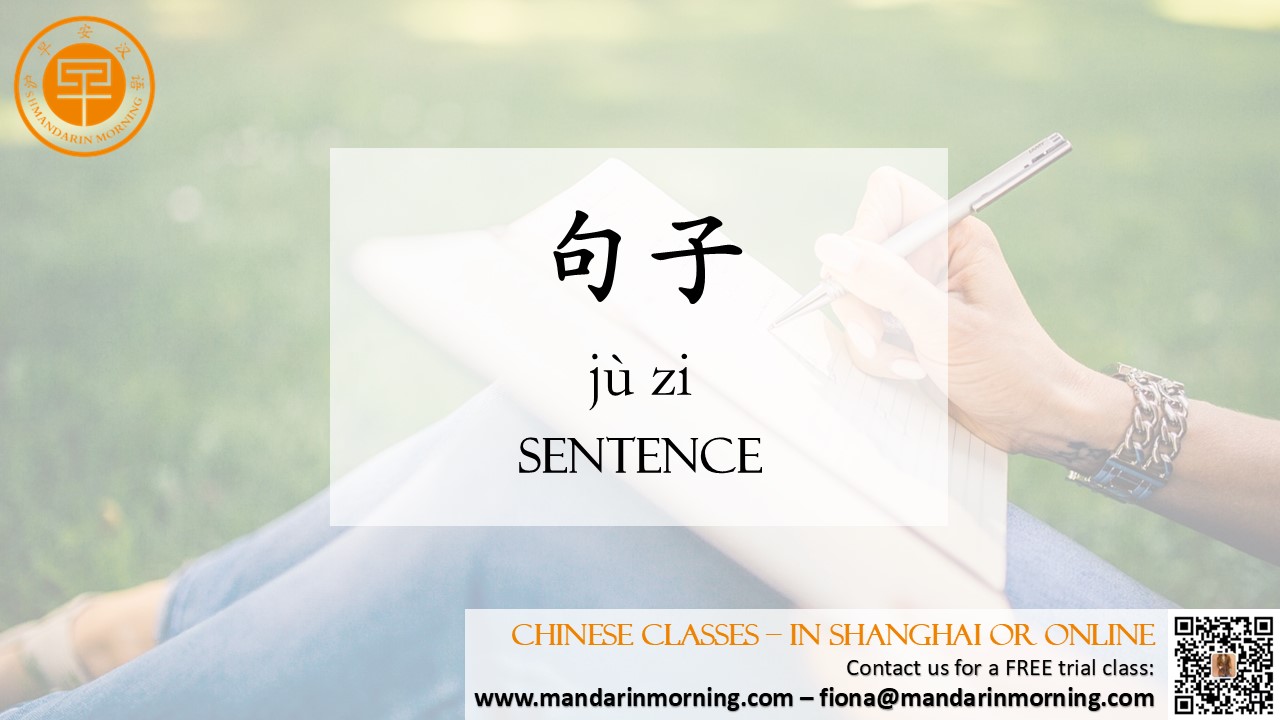One of the comforts of Chinese grammar is the straightforward and logical sentence patterns. And thankfully, many of them are based on the formula you already know, such as the ever-so-reliable SVO structure. 1. Subject + Verb + (Object) As the foundation of the rest of the structures in the post, this pattern needs no introduction or explanation. Let’s take a look at an example of an SVO sentence in Chinese: 你吃肉。(nǐ chī ròu.) You eat meat. 妈妈工作。(mā ma gōng zuò.) Mom works. 小男孩读漫画书。(xiǎo nán hái dú màn huà shū.) The little boy reads comic books. 2. Subject + Verb + (Object) + 吗? Okay, now it’s time to build up from the SV(O) word order. As you can see, 吗 (ma) is a particle that turns statements into yes/no questions. So, when 吗 is tacked on the end of an SV(O) statement, it turns the sentence into a “Do/Does” question. Building on the examples from earlier, here’s a question without an object: 你吃肉吗?(nǐ chī ròu ma?) Do you eat meat? 妈妈工作吗? (mā ma gōng zuò ma?) Does Mom work? 小男孩读漫画书吗?(xiǎo nán hái dú màn huà shū ma?) Does the little boy read comic books? 3. Subject + Time + Verb + (Object) This is where we start to explore the uniquely Chinese sentence structures. If you want to add a time when an action occurs, you need to place that information in between the subject and the verb. 你周一吃肉。(nǐ zhōu yī chī ròu.) You eat meat on Monday(s). 妈妈星期六工作。(mā ma xīng qī liù gōng zuò.) Mom works on Saturday(s). 小男孩晚上看漫画书。(xiǎo nán hái wǎn shàng kàn màn huà shū.) The little boy reads comic books at night. 4. Subject + Time + 在 Location + Verb + (Object) 在 (zài) has several meanings, but in Chinese SVO sentences, it’s translated as “at” to indicate the location. So, if you wanted to say, “at the restaurant,” it would be 在餐厅 (zài cān tīng). Then this little detail would need to be placed in between the time and verb. 你周一在餐厅吃肉。(nǐ zhōu yī zài cān tīng chī ròu.) You eat meat at the restaurant on Monday(s). 妈妈星期六在沙龙工作。(mā ma xīng qī liù zài shā lóng gōng zuò.) Mom works at the salon on Saturday(s). 小男孩晚上在床上看漫画书。(xiǎo nán hái wǎn shang zài chuáng shàng kàn màn huà shū.) The little boy reads comic books at night in bed. 5. Subject + Time + 在 Location + Verb + (Object) + Duration + (Object) The very last detail we’re going to include in our basic Chinese sentence structures is duration. Duration refers to a more specific length of time when the action occurs. In other words, it’s basically indicating how long the action goes on during the given timeframe.If the sentence comes with an object, it can be placed right after the verb or after the duration. 你周一在餐厅吃肉三个小时。(nǐ zhōu yī zài cān tīng chī ròu sān gè xiǎo shí.) You eat meat at the restaurant on Monday(s) for three hours. 妈妈星期六在沙龙工作半天。(mā ma xīng qī liù zài shā lóng gōng zuò bàn tiān.) Mom works at the salon on Saturday(s) for half the day. 小男孩晚上在床上读三十分钟漫画书。(xiǎo nán hái wǎn shang zài chuáng shàng dú sān shí fēn zhōng màn huà shū.) The little boy reads comic books at night in bed for 30 minutes. |